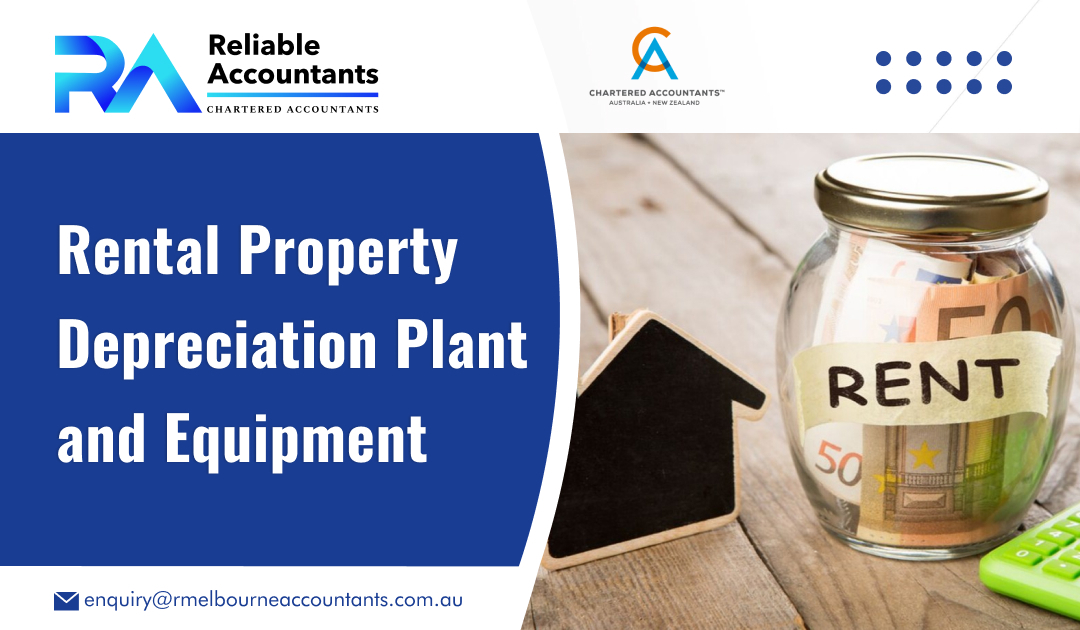You are allowed to claim a deduction over several years for asset decline in value, borrowing expenses, and capital works. Let’s dive right in to know more about depreciating assets and how you can deal with depreciating assets.
Depreciating Assets
Depreciable assets are those things that could be categorised as plants but are not a component of a rental property’s physical structure. The term “premises” describes the physical building that houses the rental property. Usually, these goods include:
- separately identifiable
- not permanent
- so that the item will be replaced within a relatively short amount of time
- not portion of the building’s structure
None of these factors can help you determine if an item is the premises’ part. They need to be considered together. You’ll be able to claim a deduction for these items’ decline in value. You can choose to utilise either:
- the effective life for these assets is determined by the Commissioner
- you estimate the effective life
How will you deal with depreciating assets?
- Depreciating assets value decline
Depreciating assets have an effective life and may decline in value over time. For depreciating assets that cost more than $300, you are allowed to claim deductions for their decline in value over their effective life. The following are examples of such assets in your holiday home or rental property include:
- carpets
- floating timber flooring
- curtains
- appliances that include a fridge or washing machine
- furniture
For instance, for a washing machine that usually wears out after some time and you are allowed to claim a deduction for the washing machine’s expenses that spread out over its predicted effective life. Special rules can apply to some assets that make you able to claim deductions for their decline in value more quickly. When you buy a rental property, you are treated for tax purposes. A depreciating asset’s decline in value starts when you first use it or install it ready for use – regardless of whether you use it for personal use or to earn assessable income.
- Depreciating assets’ cost is $300 or less
For assets that cost $300 or less, you are allowed to claim an immediate deduction for this cost in the income year that you used the asset for a tax purpose. If the asset is part of a set of assets that cost over $300, then you are not allowed to claim an immediate deduction.
- Depreciating assets you can claim
You can claim a deduction for the following depreciating assets:
- Second-hand depreciating assets decline in value deduction limit
Second-hand depreciating assets come under those assets that were already used or installed ready for use:
- by another entity
- in your private residence
- for a non-taxable purpose
You won’t be able to claim a deduction for second-hand depreciating assets unless you are either:
- utilising a property in carrying on a business
- one of the following
- public unit trust
- managed investment trust
- corporate tax entity
- superannuation plan which is not SMSF
- unit trust
Otherwise, you are allowed to claim deductions for second-hand depreciating assets in residential rental properties if both of the written below apply:
- you bought assets before 7:30 pm on May 9, 2017
- you installed it into your rental property prior to July 1, 2017
- New assets
You can claim a decline in value for new assets. It includes your newly built or substantially renovated property purchase, and either:
- no one lived at the property before you obtained it
- the asset was used or installed for use at this property, and you obtained the property within 6 months of it being substantially renovated or newly built.
- Substantial renovations
Substantial renovations are kind of renovations in which all or substantially all, of a building is replaced or removed.
- Before 1 July 2017, the home turned into a rental property
If you converted your house into a rental home, you can only deduct the loss in value of the property’s assets if both of the following conditions hold true:
- You bought your home before 7:30 pm on May 9, 2017.
- You turned your home into a rental property prior to July 1, 2017.
- Running a business of letting rental properties
Since renting out property to one or more tenants is normally seen as an investment rather than a business activity, your revenue from doing so won’t typically be enough to qualify as the carrying-on of a business.
The level of your involvement in the activities and the results of a thorough survey must be used to determine whether a business is operated. No single indicator is conclusive. They must be taken into account jointly and collectively. Some of the elements taken into account while deciding whether you operate a business of renting out rental homes are:
- rented out a total number of residential properties
- the average number of hours per week you invest engaged in managing rental properties
- the expertise and skill exercised in undertaking these activities
- whether records are maintained in a business-like manner
- Calculating decline in value deductions
To calculate the deduction for decline in value, use either the:
- diminishing value method
the decline in value every year is a constant proportion of the left value, i.e. you can claim higher deductions in the early years of its effective life.
- prime cost method
the decline in value every year is a uniform amount of the original value over its effective life, i.e. you can claim a lower but the proportion will be constant each year.
Subscribe our YouTube channel for more updates:

